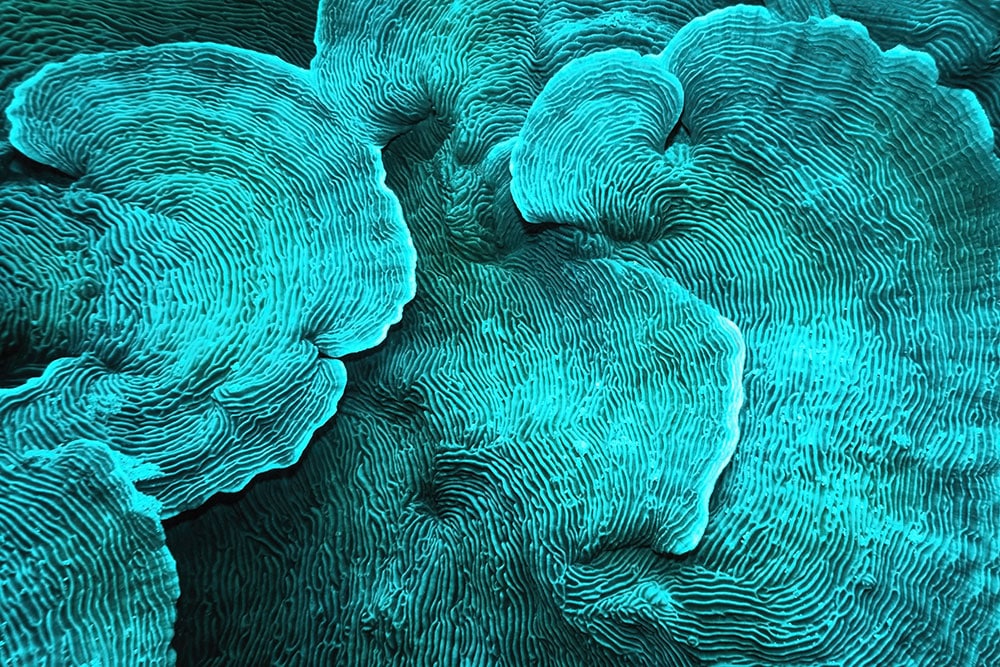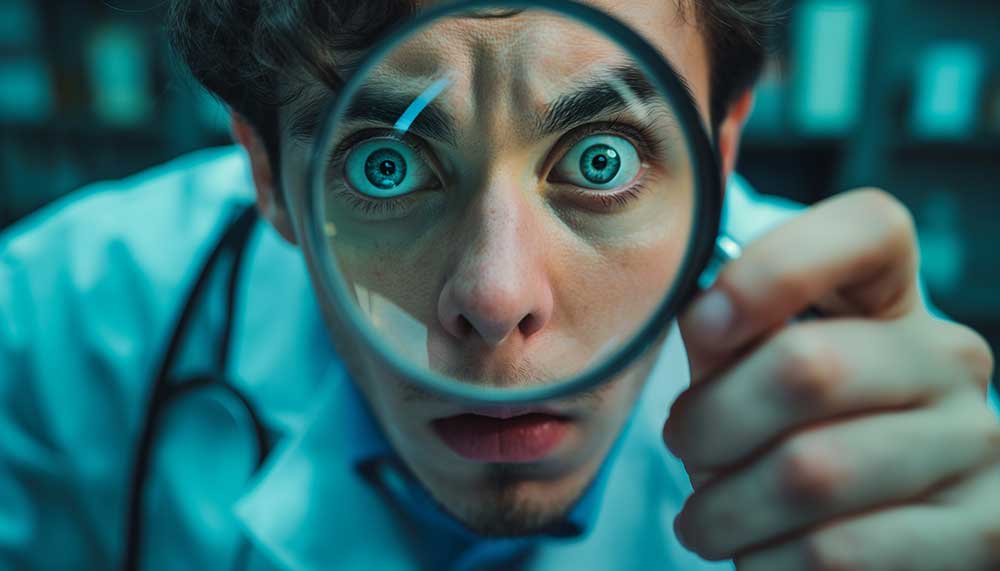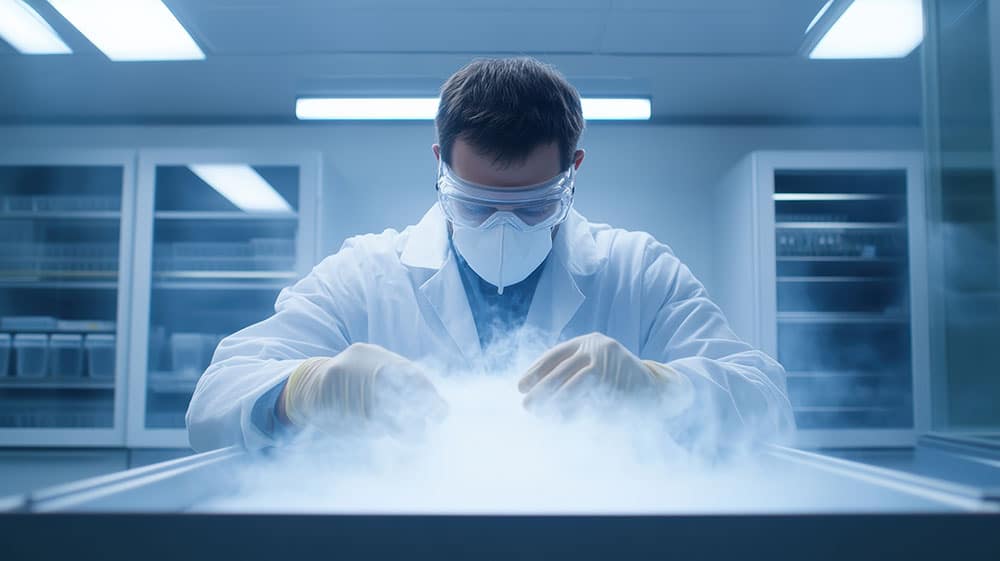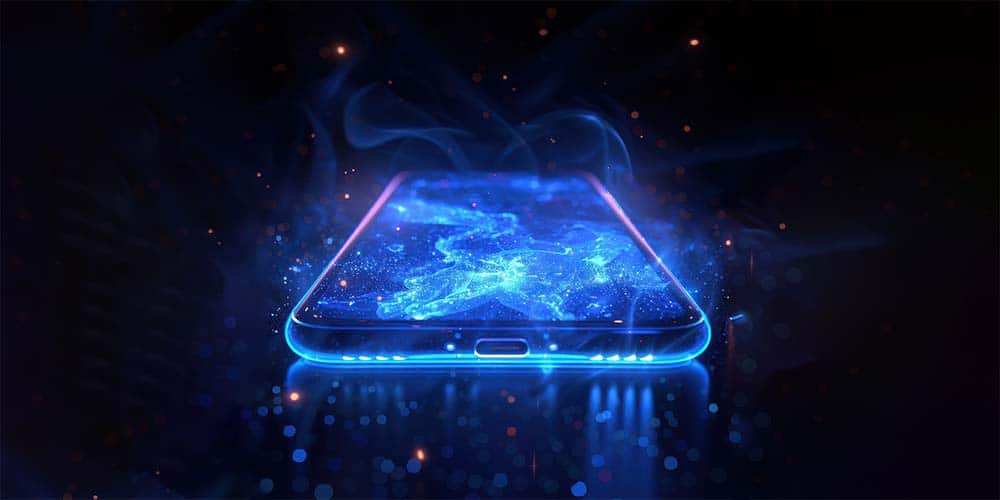
The Nano-Explorer: Adventures in the Microscopic Coral Reef
Mapping molecular landscapes 10 million times smaller than the Great Barrier Reef, revealing a world where chemistry’s rules are rewritten.

Mapping molecular landscapes 10 million times smaller than the Great Barrier Reef, revealing a world where chemistry’s rules are rewritten.

Imagine a future where phones are faster, processors are leaner, and you can download an entire season of your favorite show in nanoseconds (okay, we’re still a ways off). But by exploring 2D materials with TERS, scientists could turn this into a reality. The combination of ultra-thin, high-powered chips could not only advance consumer electronics but also unlock new levels of artificial intelligence and quantum computing.

Cryogenics is like that magical tool that clears the noise, stabilizes the scene, and lets us see things in high definition. Whether it’s identifying defects in semiconductors or exploring the depths of quantum science, cryogenics plays a pivotal role.

Imagine a world where your phone screen glows brighter, lasts longer, and consumes less energy. It’s not just a dream; it’s the potential reality thanks to the magical world of fluorescence spectroscopy and the tireless research of Dr. Marc Etherington.

Imagine a world where hazardous materials could be monitored without getting close enough to feel the heat (literally!). That’s the mission of Dr. Hunter Andrews and Dr. Luke Sadergaski, two brilliant researchers at Oak Ridge National Laboratory (ORNL).

We’re about to dive headfirst into the wild world of quantum materials and trust us, it’s a ride you don’t want to miss.